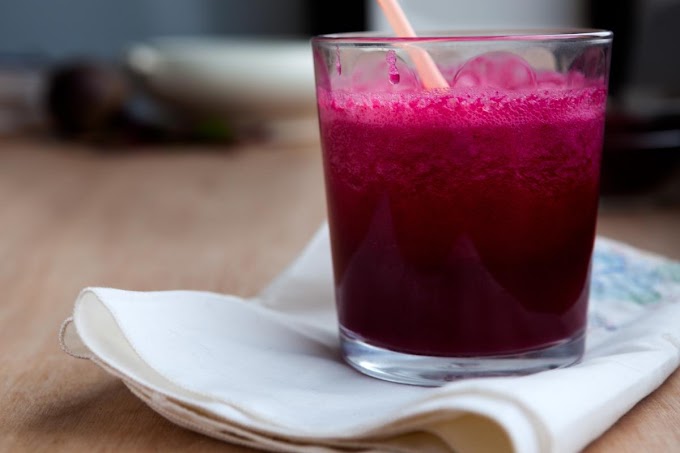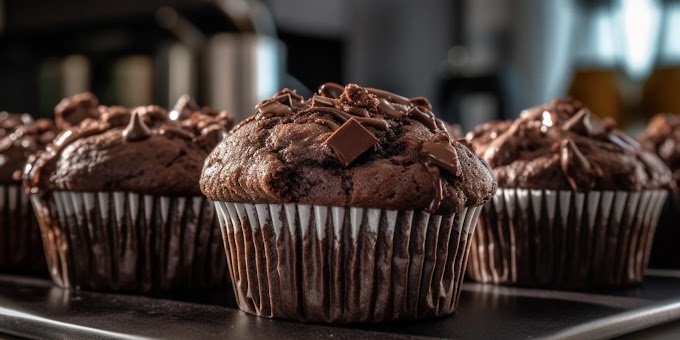In this blog, we will explore some creative ways to make healthy samosas while controlling your cravings. We’ll also discuss various options for fillings, dough, cooking methods, and accompaniments that are both nutritious and tasty. Here’s how you can make a healthier version of the beloved samosa:
1. Healthier Dough Options
The dough plays a crucial role in making a samosa. Traditional samosas are made with refined all-purpose flour (maida), which doesn’t offer much in terms of nutrition. Swapping this ingredient for healthier alternatives can greatly improve the nutritional profile of your samosa.
Whole Wheat Flour
Whole wheat flour is an excellent substitute for refined flour. It is rich in fiber, which helps keep you full for longer, supports digestion, and has a lower glycemic index, meaning it won’t spike your blood sugar as quickly. Plus, whole wheat adds a slightly nuttier flavor, which can complement the samosa filling well.
Oat Flour
If you are gluten-sensitive or looking for a low-carb option, you can try making samosas with oat flour. Oats are packed with nutrients like soluble fiber, vitamins, and minerals, which contribute to heart health and reduce cholesterol levels. You may need to combine oat flour with a binding agent like flaxseed meal or add a small amount of whole wheat flour to make the dough easier to work with.
Multigrain Flour
Multigrain flour blends, often available in stores, can also make for a more nutritious samosa dough. These flours contain a combination of grains like barley, quinoa, millet, and sorghum, offering a variety of nutrients, fibers, and proteins.
2. Baking Instead of Deep-Frying
One of the primary concerns with traditional samosas is the deep-frying process, which adds a lot of unhealthy fats. You can drastically reduce the calorie and fat content by opting to bake your samosas instead of frying them.
To bake samosas:
Preheat your oven to 375°F (190°C).
Brush the samosas lightly with olive oil or a cooking spray to achieve a golden-brown finish without excess oil.
Arrange them on a lined baking sheet and bake for 20-25 minutes, turning them halfway to ensure even browning.
Baking still yields a crispy crust while saving on calories and fat content. Additionally, air frying is another excellent alternative to deep frying, which gives you that crispiness with minimal oil.
3. Healthier Fillings
The filling is another area where you can make healthier choices. Traditional samosa fillings often include potatoes, peas, and sometimes meat. By making a few adjustments, you can increase the nutritional value of the filling while retaining the flavors you love.
Sweet Potatoes or Cauliflower
Instead of using white potatoes, which are higher in carbs and have a high glycemic index, consider using sweet potatoes or cauliflower. Sweet potatoes are rich in fiber, beta-carotene, and vitamins. Cauliflower is low in carbs and calories but still provides a similar texture when cooked. You can even mix them with regular potatoes to balance flavor and nutrition.
Lean Proteins
If you enjoy meat-filled samosas, opt for lean proteins like ground turkey or chicken breast instead of traditional minced beef or lamb. Alternatively, you can use plant-based proteins like tofu or lentils for a vegan or vegetarian version. These protein sources are lower in fat and higher in essential nutrients, providing a more balanced filling.
Mixed Vegetables
Adding a variety of vegetables to your samosa filling not only makes it healthier but also boosts the flavor. Carrots, green beans, spinach, bell peppers, and peas are excellent choices. These veggies are packed with vitamins, minerals, and fiber. Additionally, they give the filling a colorful and vibrant appearance.
Chickpeas or Lentils
Chickpeas or lentils make great plant-based protein substitutes for a healthy filling. They are rich in fiber and protein, keeping you full for longer and providing a range of nutrients, such as iron, magnesium, and B vitamins. Try making a spiced chickpea filling with cumin, coriander, turmeric, and a little chili for a flavorful twist.
4. Spices for Flavor
Samosas are beloved for their bold, spicy flavor. The good news is that spices are typically low in calories and full of antioxidants, so you don’t need to skimp on them to make your samosa healthier. Here are a few essential spices for a flavorful samosa:
Cumin: Helps with digestion and adds a warm, earthy flavor.
Coriander: Known for its anti-inflammatory properties and a citrusy undertone.
Turmeric: A powerful anti-inflammatory and antioxidant spice that gives your samosa a golden color.
Garam Masala: A blend of ground spices like cinnamon, cloves, and cardamom, adding depth and warmth to the filling.
Ginger and Garlic: Both offer anti-inflammatory benefits and contribute to the rich, savory taste.
5. Pairing with Healthy Dips
To keep your healthy samosa snack balanced, pair it with dips that complement its flavors while keeping the calories and fats low. Instead of sugar-laden or cream-heavy sauces, try these healthier options:
Mint Chutney: Made with fresh mint, cilantro, and a squeeze of lime, mint chutney adds a burst of flavor without extra calories. You can use yogurt as a base to make it creamy and cooling.
Tamarind Chutney: This tangy and sweet chutney is typically made from tamarind pulp and jaggery, offering a healthier alternative to sugary ketchup or chili sauce. It’s rich in antioxidants and adds a zesty flavor that pairs well with samosas.
Greek Yogurt Dip: A simple yogurt dip with a touch of cumin and salt provides protein and calcium, making it a nutritious accompaniment.
6. Portion Control
One of the best ways to control your cravings while enjoying samosas is to practice portion control. Instead of indulging in large, deep-fried samosas, make mini versions. Bite-sized samosas can satisfy your cravings without going overboard on calories.
You can also prepare samosas in batches and freeze them, so you can bake a few whenever you're in the mood for a snack. This way, you're not tempted to finish a large serving in one sitting, and you’ll have a healthy snack ready to go at any time.
Conclusion
Making samosas in a healthy way is completely doable with a few thoughtful adjustments. Swapping out refined flour for whole wheat or oat flour, baking instead of deep-frying, and using nutrient-dense fillings can help you enjoy this delicious snack without feeling guilty. By incorporating lean proteins, wholesome vegetables, and heart-healthy spices, you can create a balanced, tasty treat that satisfies your cravings while promoting your health.
Whether you’re watching your calorie intake or just looking to eat more mindfully, these healthier samosa alternatives are perfect for a snack or a light meal. Pair them with nutritious dips and practice portion control to enjoy a flavorful, satisfying, and guilt-free samosa experience!








Social Plugin